What Does Abstract Art and Modern Art Have in Comon
Abstract Fine art
Abstract Art is a non-objective art, which does non have an authentic representation of a visual reality, only uses Forms, Colors, Textures and Gesture Marks to accomplish its effect. It was born at the first of the 20th century and was completely radical for its time.
Some may even say that brainchild started with cave paintings from thousands of years ago, Abstract Art represents an artistic break from traditional molds, that was the primary characteristic.
Abstract art has been effectually for over 100 years. Artists began to create simplified objections with little or no reference to the "real" world.
The modern abstract fine art that we know today can be attributed to impressionism, postal service-impressionism and cubism. All iii helped to realize the idea that fine art might not be representative.
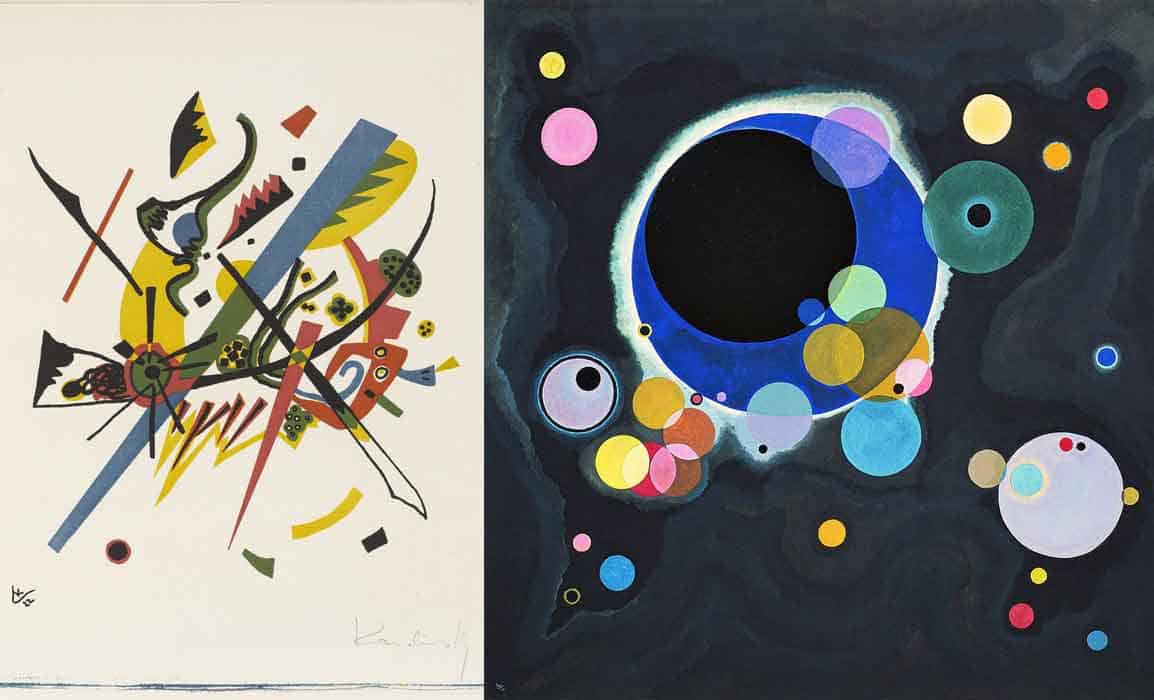
The starting time artist to create abstract art as we know it was Wassily Kandinsky.
He is often credited by historians as "The Father" of abstract art for creating paintings in floating, non-representational forms since 1912. His work brought abstraction to America during the Armory Bear witness in 1913.
What are the types of Abstract Fine art?
- Sensitive or informal Abstractionism
- Tachisme
- Geometric Abstraction
- Activity Painting
Sensitive or informal Abstractionism
Feelings and emotions predominate. Colors and shapes are created freely. In Germany comes the movement called "Der blaue Reiter" (The Blueish Knight) whose founders are the Kandinsky, Franz Marc among others.
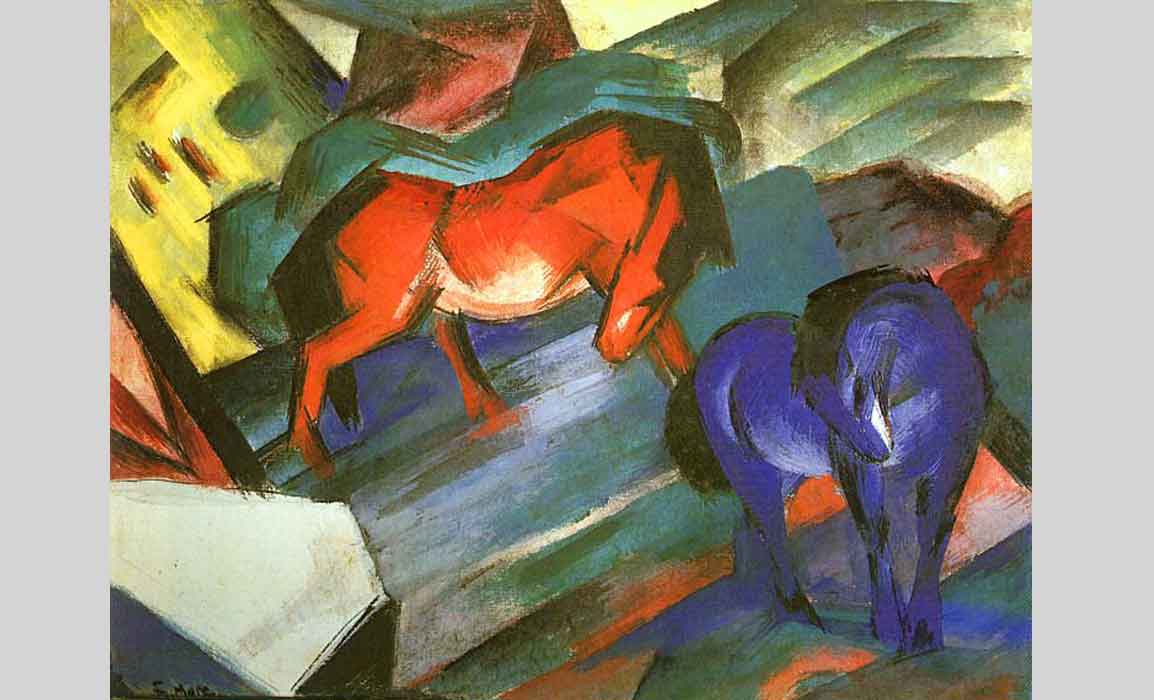
An abstract fine art, which puts color and shape into its greatest expressiveness.
These artists delve into chromatic research, achieving spatial and formal variations in painting, through the tones and hues obtained. They desire an abstract, sensitive and emotional expressionism.
With form, color and line, the artist is free to limited his inner feelings, without relating them to the memory of the outside world. These elements of the composition must have a unity and harmony, just like a musical work.
All-time Abstract Artists:
Wassily Kandinsky 1866-1944
Russian painter, considered past many historians to exist the "Father of Abstract Painting", but before abstractionism he participated in diverse artistic movements such equally impressionism also went through a brusque fauve and expressionist phase.

He wrote books, as in 1911, on the spiritual in art, in which he sought to point out symbolic correspondences between the inner impulses and the language of shapes and colors, and in 1926, from the point and the line to the surface, a more technical explanation of the structure and inventiveness of your art.
Dozens of his works were confiscated past the Nazis and several of them were exhibited in the "Degenerate Art" exhibition.
Franz Marc 1880-1916
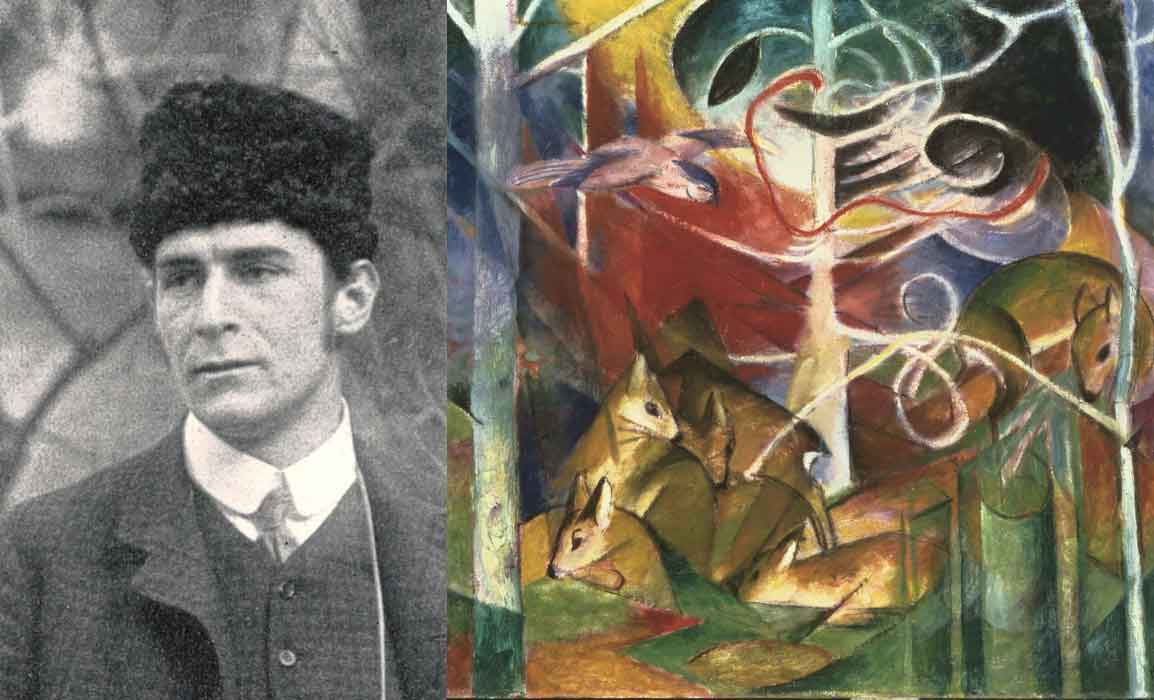
A German painter, passionate about the fine art of primitive people, children and the mentally ill, Marc chose fauna studies as his favorite themes, met Kandinsky, under the influence of him, convinced himself that the essence of beings is revealed in abstraction.
The adoration for Italian futurists gave a new dynamic to Marc'south work, which started to use shapes and masses of bright colors typical of Cubist painting.
Tachisme
Tachisme appeared in the mail service-World War II period, in Europe, with the intention of breaking with previous models of art. The motility's name comes from the French tache, which means stain.
Formed by spots created impulsively with all the freedom or emotional effusion of the artist. Lyrical Tachismo shows luminous, transparent and spontaneous tones. Dramatic Tachism has nighttime, serious, passionate tones.
The paintings of that period value spontaneous gesture, the creative person's instinct at the time of product.
It is possible to imagine, when looking at the painting, the movements that the artists made. An important creative person who represents this type of painting is Hans Hartung.
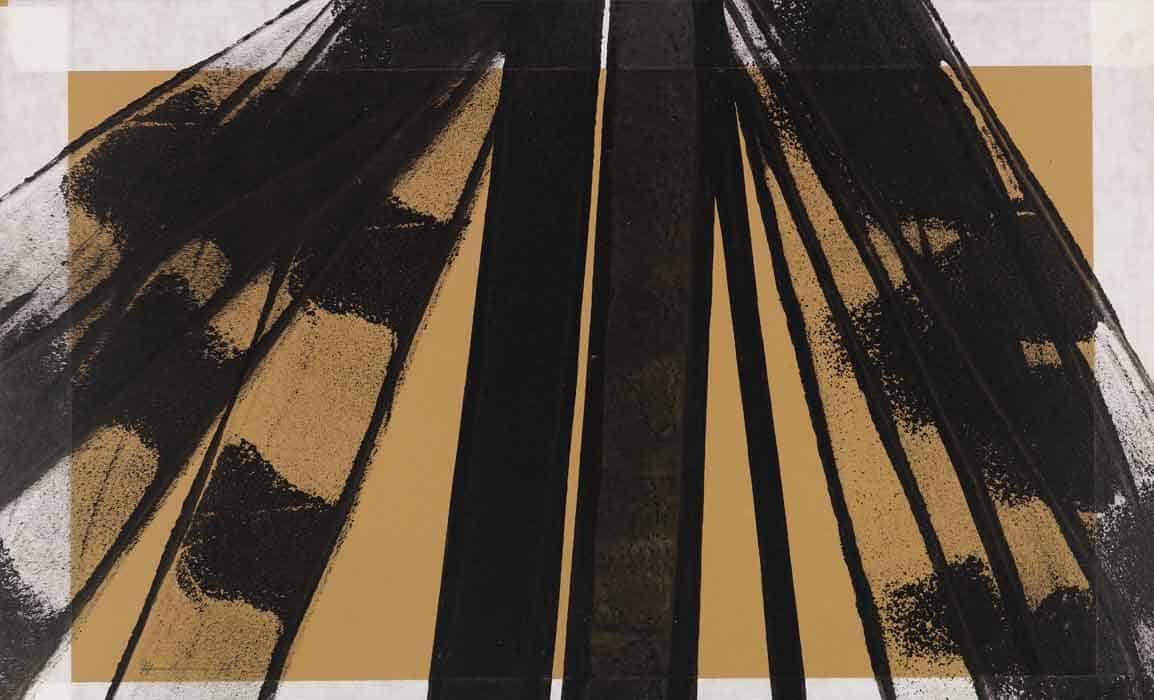
This blazon of abstraction is besides called breezy abstraction, in the sense that it does not have a defined shape.
The raw fabric used for the painting was also explored. Some artists gave more priority to gesture and others to enquiry the material, creating textures, layers and using new materials.
All-time Abstract Artists:
Jean Dubuffet 1901 – 1985
French painter who was inspired by the art of children and crazy people.
His works had irregular shapes and simple designs.
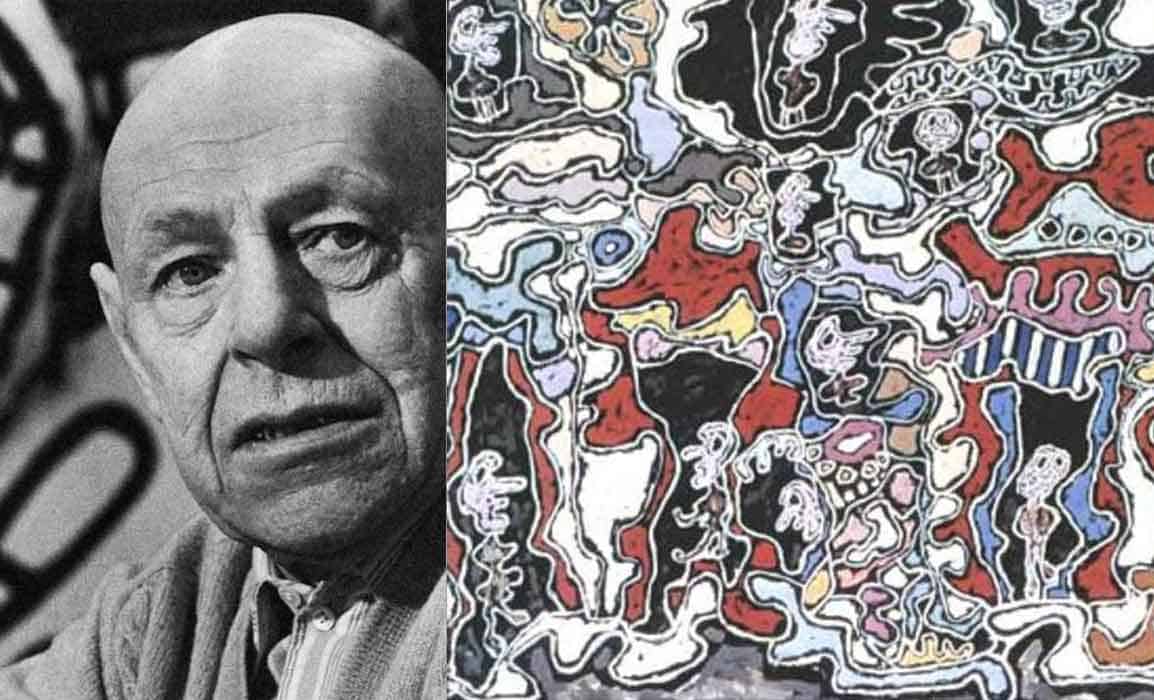
He went in search of new art forms and constitute what he called raw art: fabricated past people who are not part of the creative environment, who practice not have cultural and historical references near art and seek ideas and themes within themselves, such as children, crazy and lonely people.
Geometric Brainchild
Information technology is the geometric abstract art that had a lot of influence from the cubist and futurist movements. This is due to the utilise of geometric shapes and with a more than rational and difficult characteristic in the representations. Therefore, the lines and colors are organized in a manner that results in a more often than not geometric composition.
Every bit this aspect emerged before long after the formal discoveries of cubism, it had several currents, some that deserve to be highlighted. Among them: Suprematism; Constructivism; Neoplasticism or De Stijl, Concretism, Neoconcretism.
All-time Abstract Artists:
Piet Mondrian 1872-1944
Dutch pioneer of abstract art, who developed from the start of the landscape to abstruse geometric works of the most rigorous blazon. His canvases were painted from pure, vivid colors and directly lines.
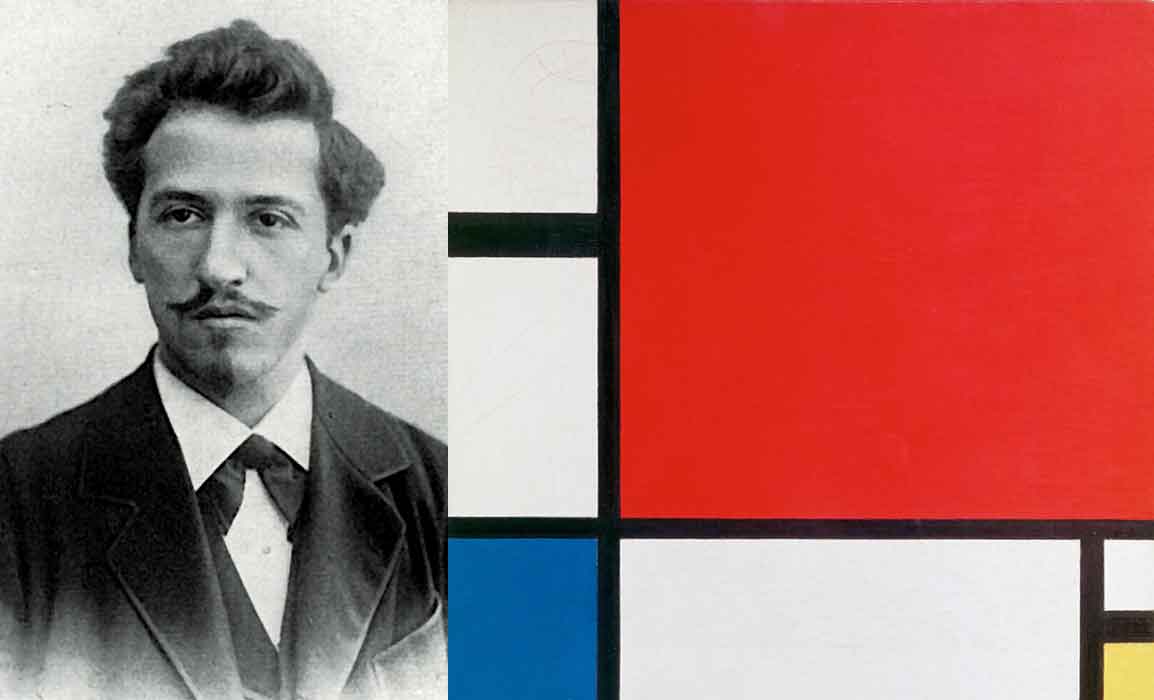
The painter's want was to obtain as much clarity as possible and, for that, he sought that the canvases reflected the mathematical laws of the universe. Information technology was not by chance that the patterns of the painting were always regular, precise and stable. He moved to New York in 1940, where he began to develop a more than colorful manner, with colored lines. and syncopated rhythms.
Action Painting
It is product of improvised and gestural 'drip paintings', placing your canvass on the floor and pouring paint over information technology from the can or dragging it by castor or stick.
This type of painting does non have previous schemes, and appeared in New York, in the 1940s, nether the influence of surrealist automatic painting processes.
All-time Abstract Artists:
Jackson Pollock 1912-1956
He is an American painter, he introduced a new modality in the technique, dripping the paints that drip from punctured containers intentionally, in a fast execution, with abrupt and impetuous gestures, spraying, staining, painting the chosen surface with boggling and fantastic results, sometimes realized before the public.
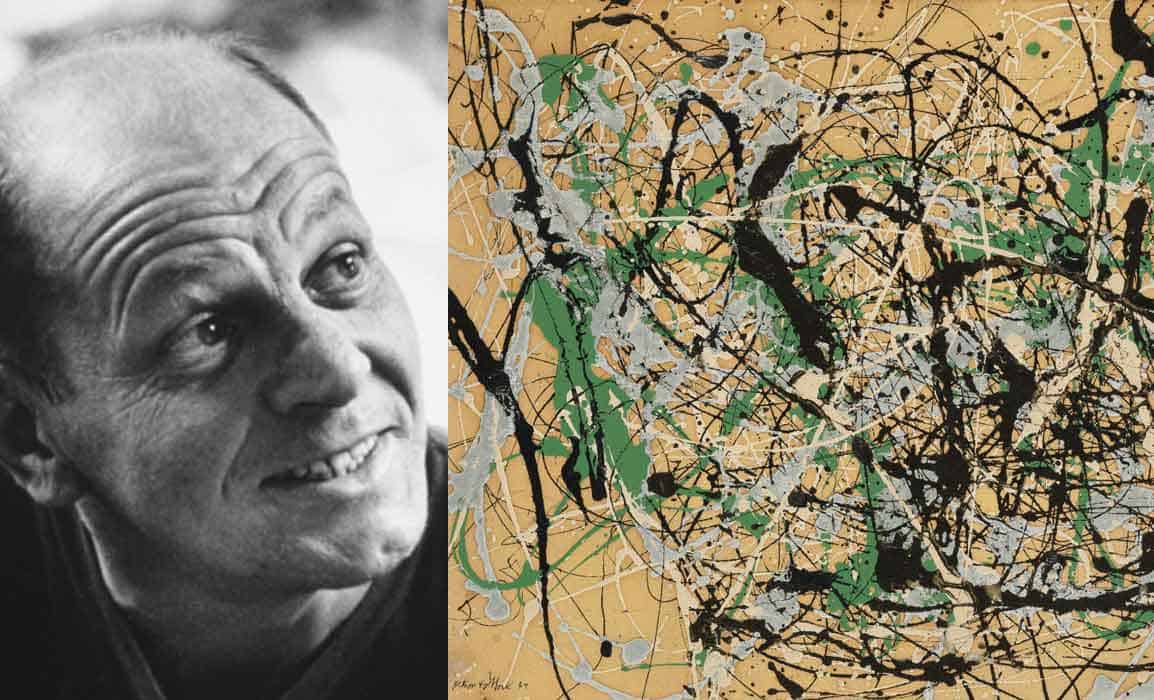
He developed research on effluvious painting
In the last works in this line, the artist used materials such as nails, shells and pieces of sheet, mixed with the layers of paint to give relief to the texture. He often used industrial paints, many of which are used in car painting.
Willem de Kooning (1904-1997)
He was a Dutch painter who left Holland at the age of 22 on lath a freighter, started his life as a carpenter and wall painter.

Unlike his avant-garde colleagues, who abolished the figurative representation of his paintings, female figures – the mark of difference in his work.
In the belatedly 1940s, along with Jackson Pollock, Arshile Gorky and Mark Rothko, revolutionary American painting, founding the abstract expressionist avant-garde.
What are the characteristics of abstruse art?
The primary characteristics of abstractionism are:
- Opposition to the Renaissance Model and Figurative Art;
- Non-Representational Fine art;
- Subjective art;
- Absence of Recognizable Objects;
- Valuation of Shapes, Colors, Lines and Textures.
Abstract artworks may incorporate elements related to emotion, every bit a way of liberating the need for verisimilar representation.
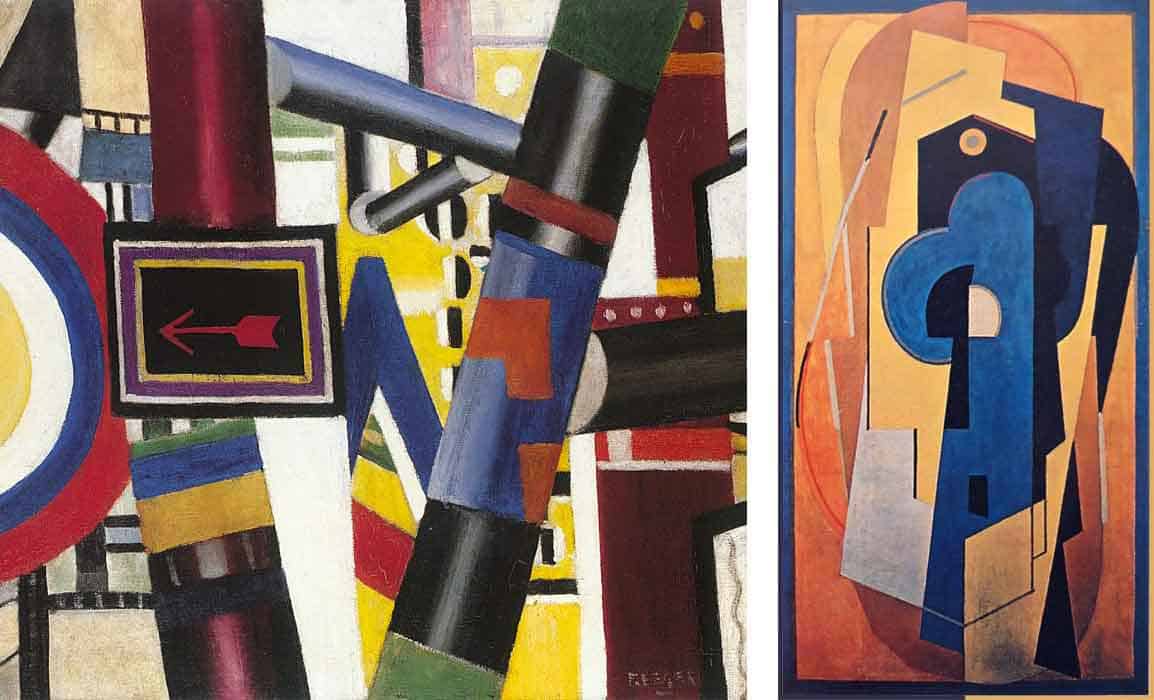
Thus, the artist is not committed to transmitting reality. In this sense, another hit characteristic of abstract fine art is liberty, i that serves both the creative person and the lover. In other words, he has the freedom to interpret the work equally he likes, without whatsoever real commitment.
Therefore, for not having a commitment to the representation of reality, the main characteristic of abstractionism is to be a counterpoint to the concept of realistic art. Thus, abstract works are more conceptual, and depart completely from what was considered classic fine art.
How is Abstruse Fine art Created?
Abstract fine art is an independent limerick, complimentary from representations and illustrations. In abstract fine art it is not simply a process of creating landscapes or objects, it is a process of exploring. Information technology does Non demand to have a singular meaning, narrative or explanation.
In abstract art we put different colors and shapes together to create a piece that represents for each particular admirer.
Abstract art is, in essence, giving wings to an unintended inspiration, that is, that does not seek to represent or portray anything in specific.
To create an abstract picture show, information technology takes imagination and a sense of creativity.
The main purpose of brainchild is not to tell a story, but to encourage involvement and imagination.
This art class has as main objective to provide viewers with an intangible and emotional experience, being completely different for each one, which tin can vary completely according to the mood, with the feeling that the item piece of work gives you, with your creative repertoire at the moment.
What is the purpose of abstruse art?
The master purpose of abstraction in art is not to tell a story, but to encourage involvement and imagination.
This art form has as its primary objective to provide viewers with an intangible and emotional feel, being completely different for each individual, depending on their personality and mood.
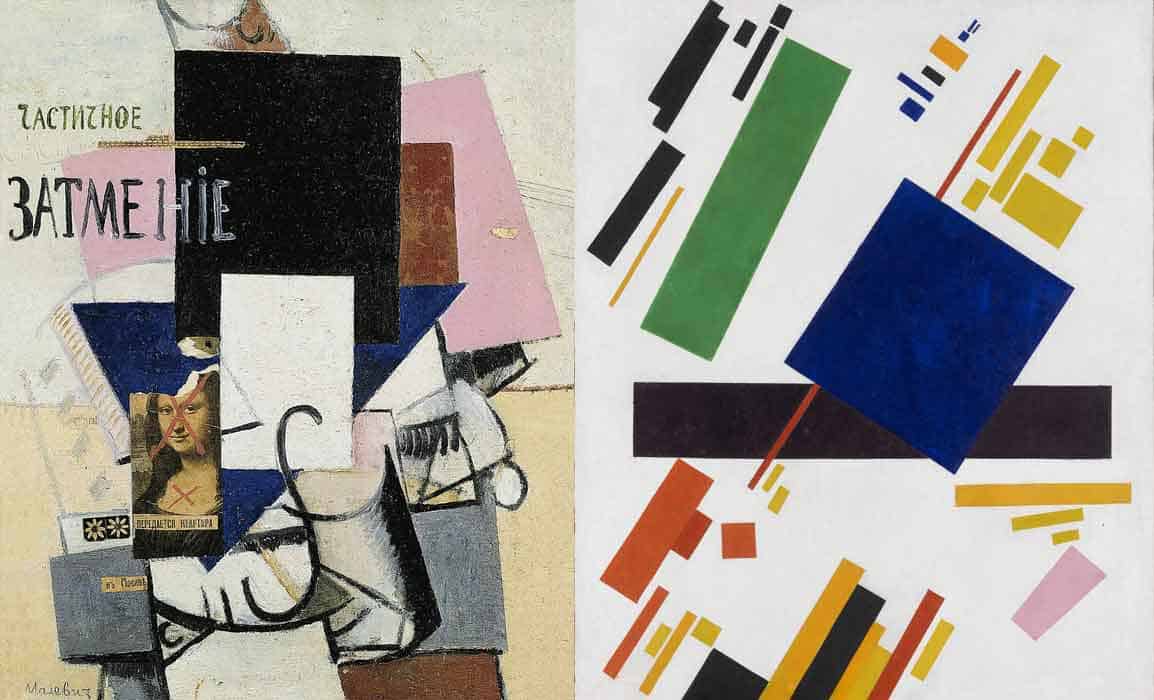
Western art was, from the Renaissance until the mid-19th century, supported by the logic of perspective and an attempt to reproduce visible reality. At the cease of the 19th century, many artists felt the need to create a type of art that encompassed the fundamental changes in technology, science and philosophy, they were confronting formal teachings and started to create art that did not necessarily refer to objects in the existent earth. The sources from which individual artists drew their theoretical arguments were various and reflected social and intellectual concerns in all areas of Western civilisation at the time.
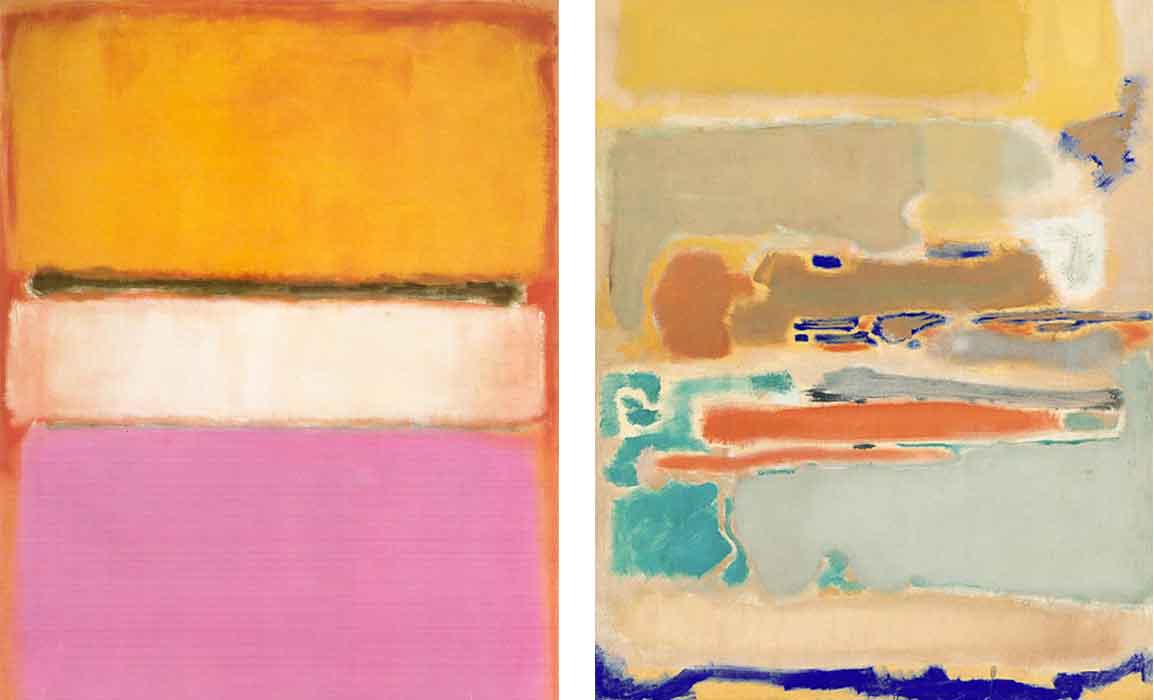
The approaches institute in abstract painting bridge many movements, including German expressionism, fauvism, cubism and abstract expressionism. Emphasizing the formal qualities of a work of art on the representational bailiwick, abstract artists experimented with new techniques, such as the utilise of vivid and arbitrary colors, the reconstruction of shapes and the rejection of the realistic three-dimensional perspective.
Abstract art did not flourish between earth wars I and II.
Affected past totalitarian politics and fine art movements that renewed emphasis on images, such as surrealism and socially disquisitional realism, she received footling attention. But, after World War II, an energetic American schoolhouse of abstract painting, chosen Abstract Expressionism, emerged and had wide influence. Since the 1950s, abstract fine art has been an accustomed and widely practiced approach in European and American painting and sculpture.
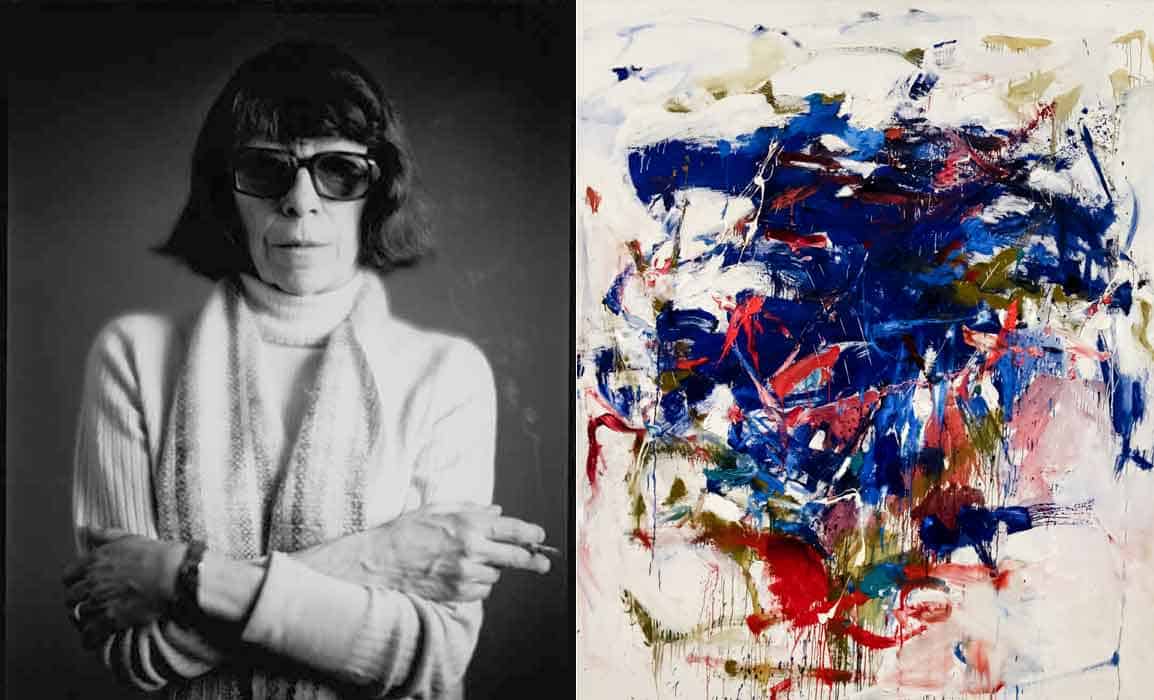
Abstract art now lives in the art globe in many ways. It is two-dimensional and three-dimensional.
Abstract fine art can as well exist made with many materials and on many surfaces. Can be used in conjunction with representational or consummate art. Abstract art has intrigued and indeed dislocated many people, only for those who have accepted its non-referential linguistic communication at that place is no doubt about its value and its achievements. They are non significant because of the artful standard of beauty or not, they are significant because in a moment in fourth dimension they have introduced something new to the earth.
Abstract Fine art in Brazil
Abstract Fine art began to enter Brazilian territory since the 1940s. The pioneers were Abraham Palatnik (1928), Manabu Mabe (1924-1997) and Luiz Sacilotto (1924-2003).
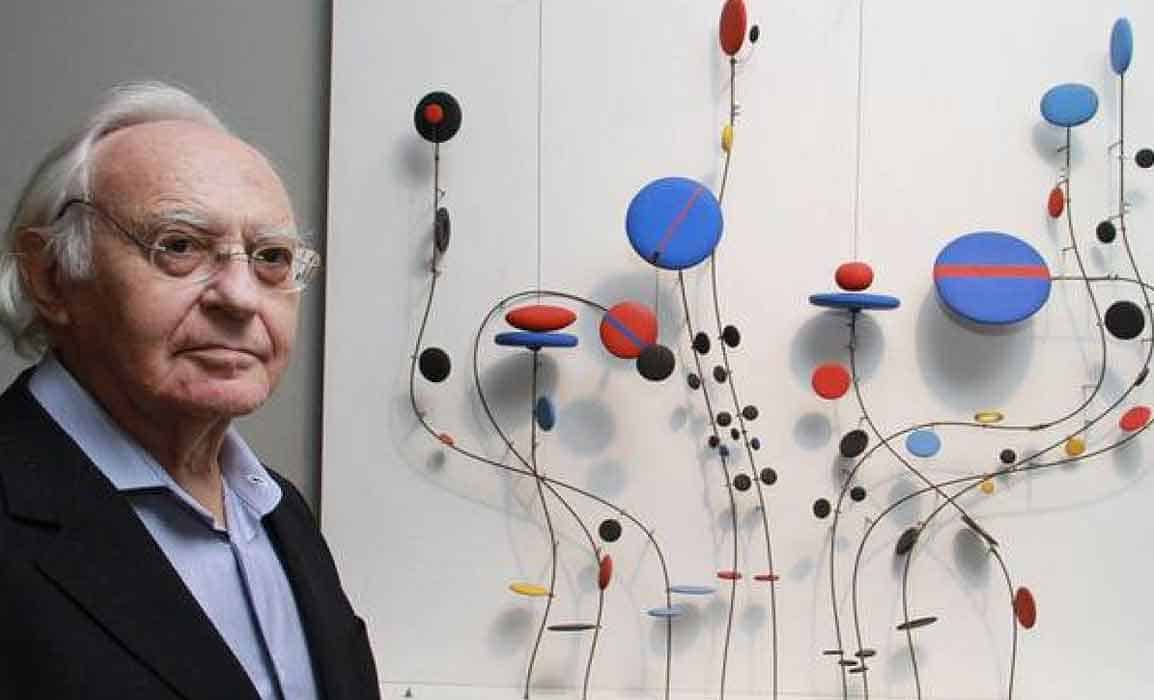
It started in the 1950s, influenced mainly by painters Antônio Bandeira and Cícero Dias, who afterwards a trip to Europe returned to bring abstractionism to the country.
However, this movement in Brazil only stood out in the first edition of the Bienal de São Paulo in 1951. Therefore, a big number of artists joined this modern trend.
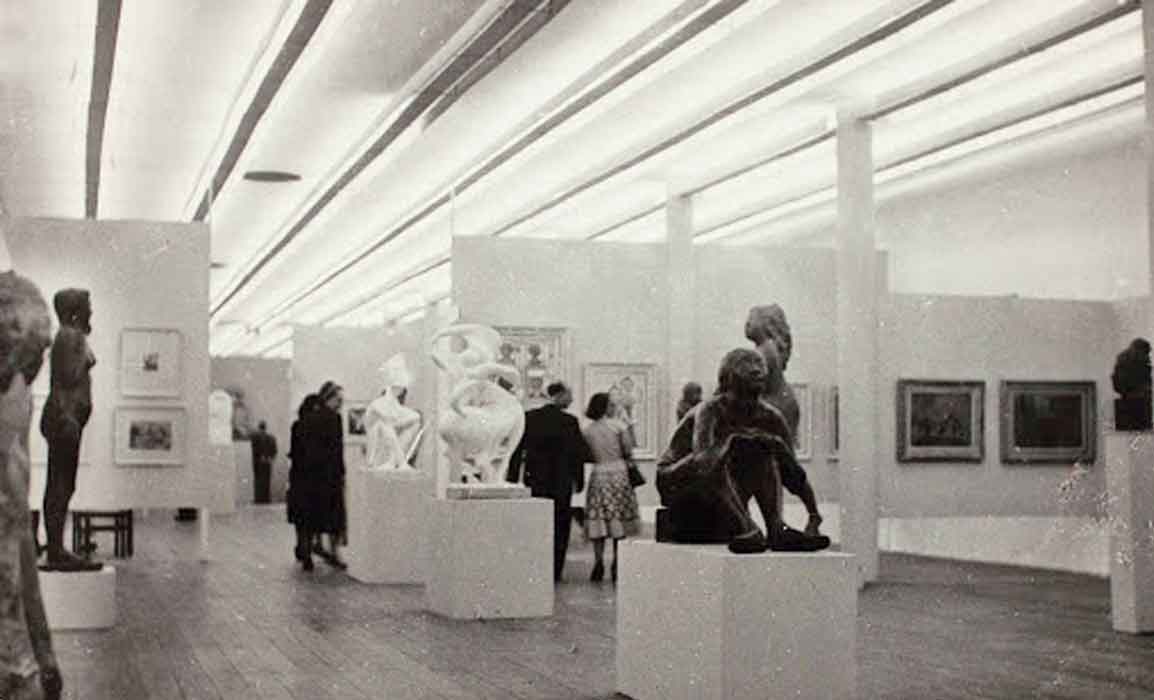
Who are the Artists of Brazilian Abstruse Art?
Amidst the greatest representatives of abstruse art in Brazil are names such as:
- Alfredo Volpi (1896-1988);
- Ivan Serpa (1923-1973);
- Cícero Dias (1907-2003);
- Luiz Sacilotto (1924-2003);
- Antônio Bandeira (1922-1967);
- Manabu Mabe (1924-1997);
- Tomie Ohtake (1913-2015);
- Lygia Clark (1920-1988);
- Hélio Oiticica (1937-1980);
- Iberê Camargo (1914-1994).
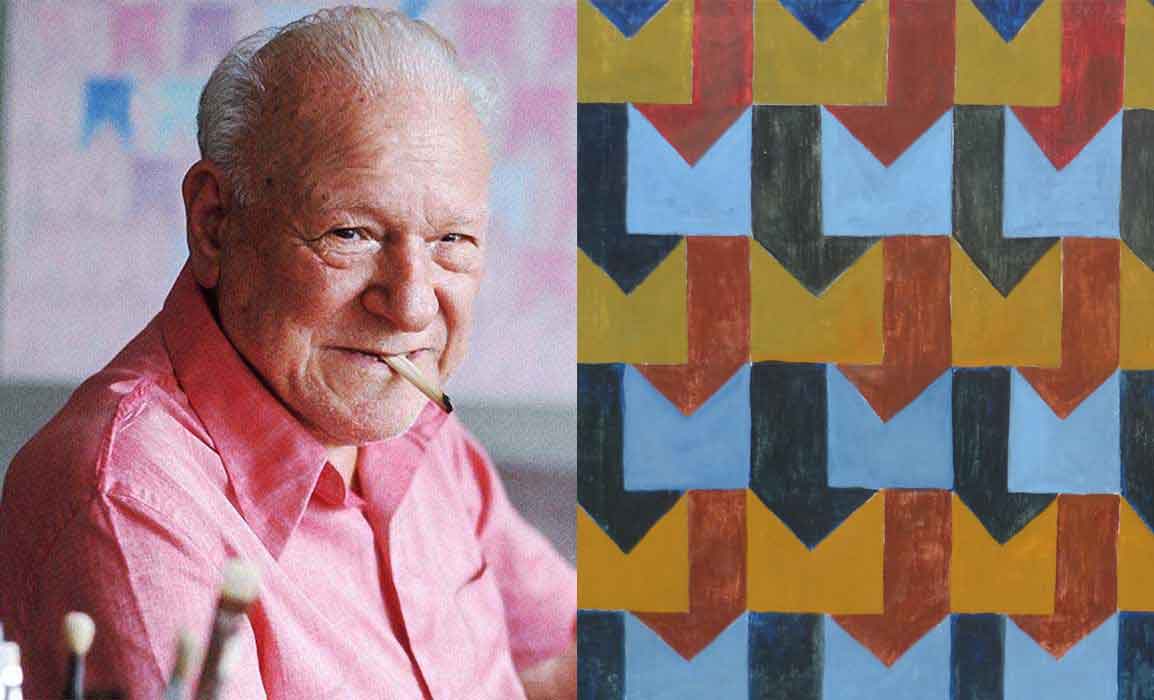
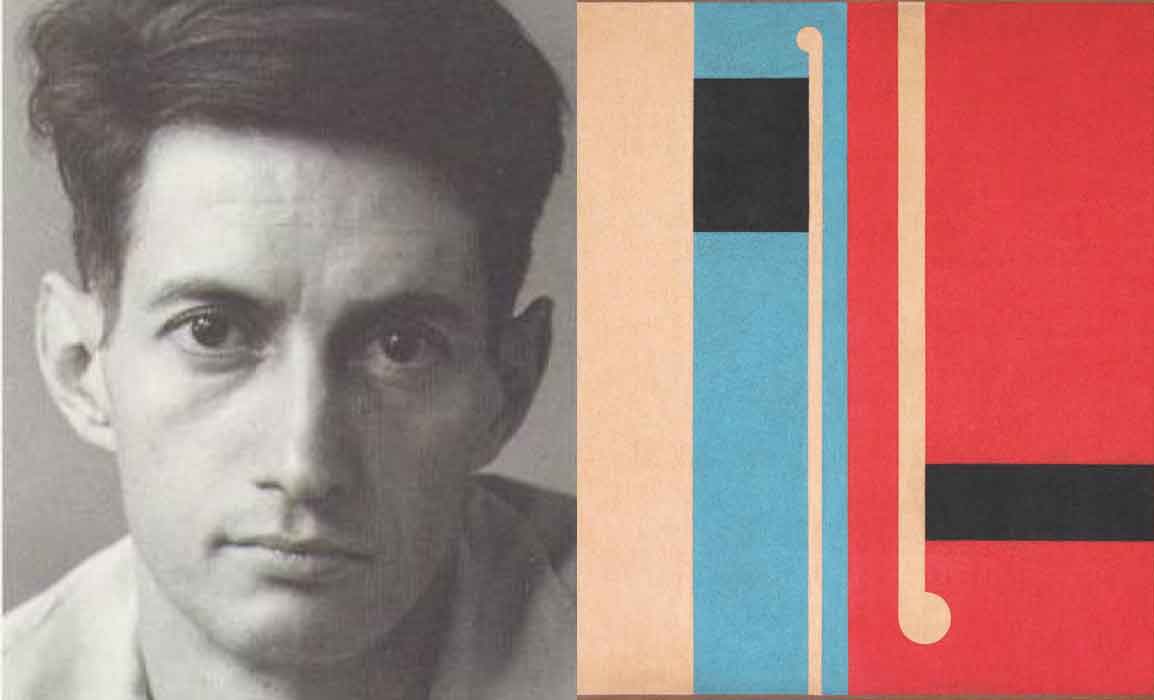
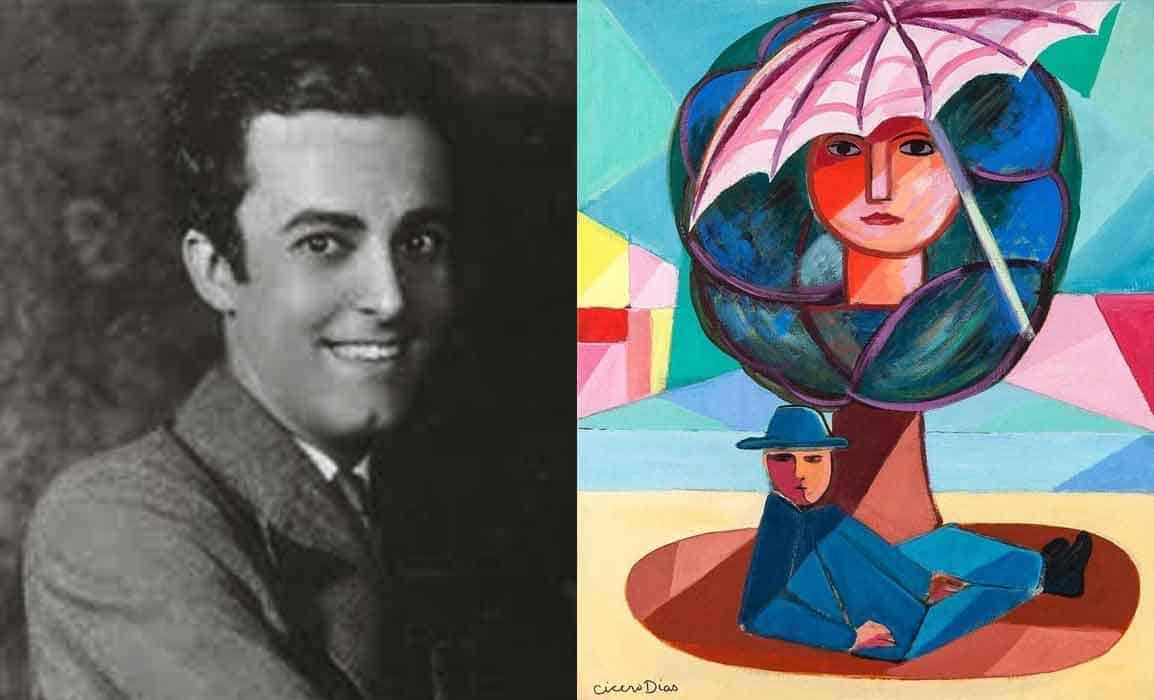
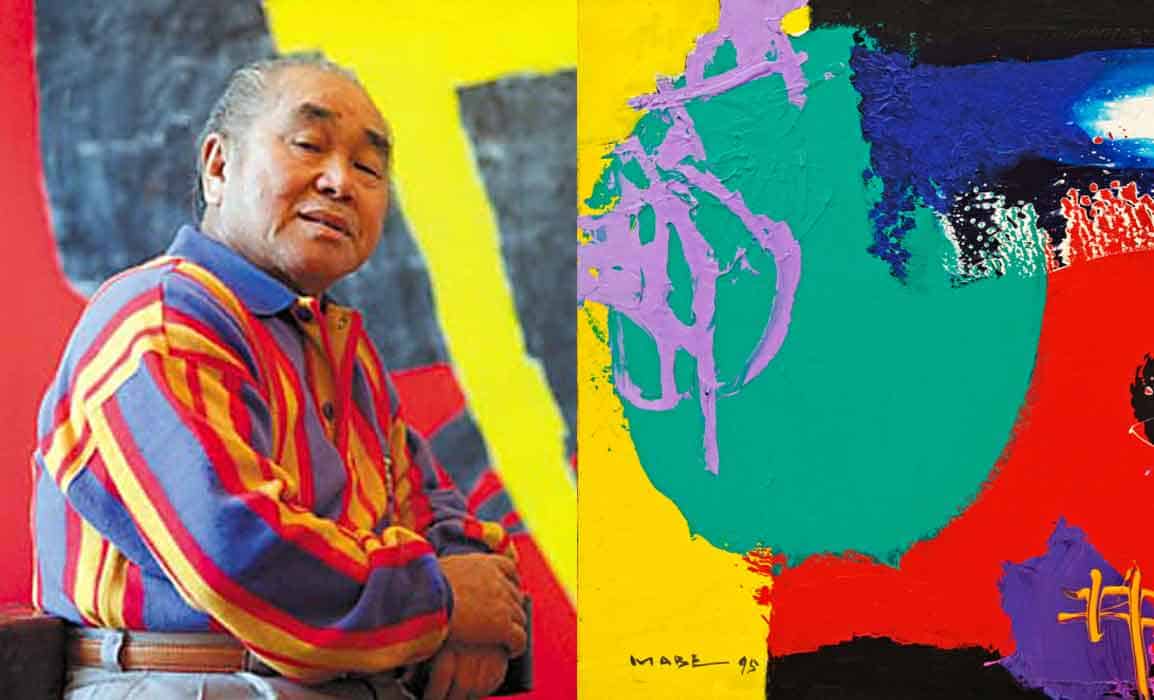
See too:
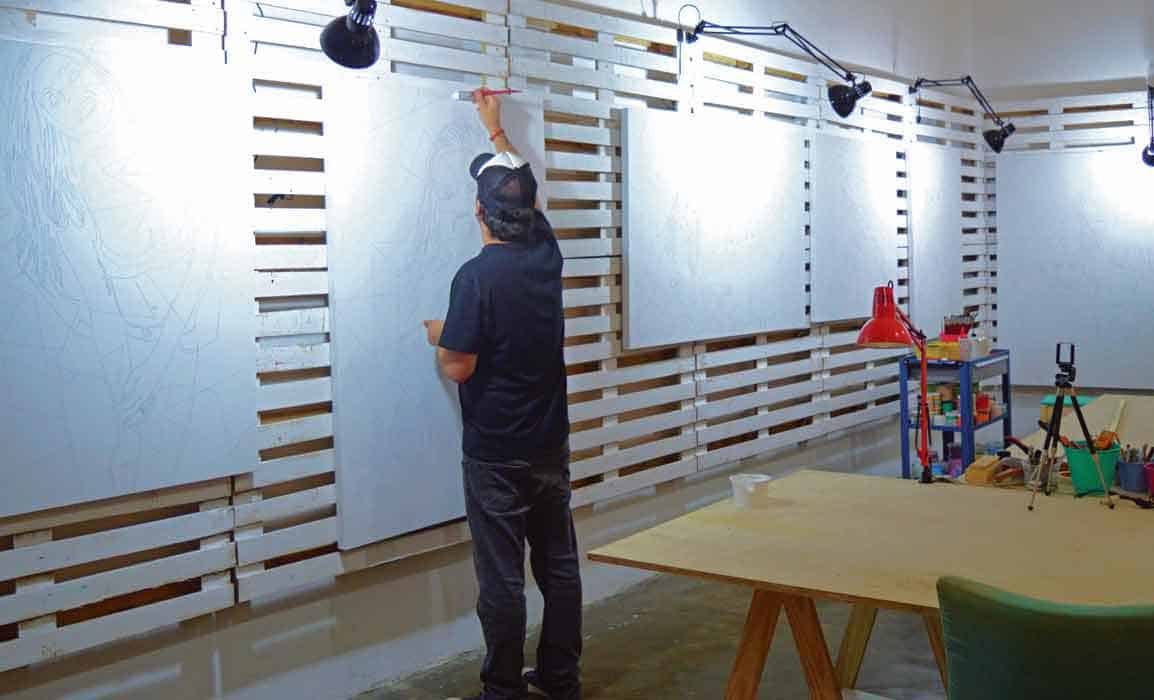
Discover the Creative person Lobo'due south Artworks
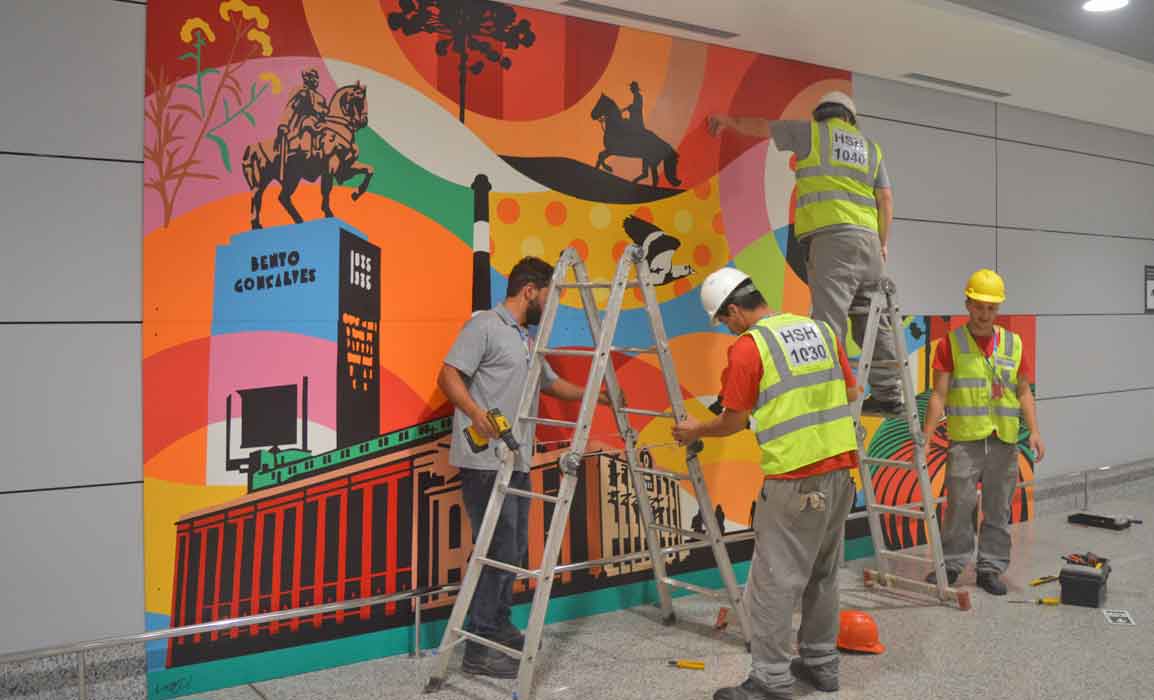
Porto Alegre Drome displays Fine art murals
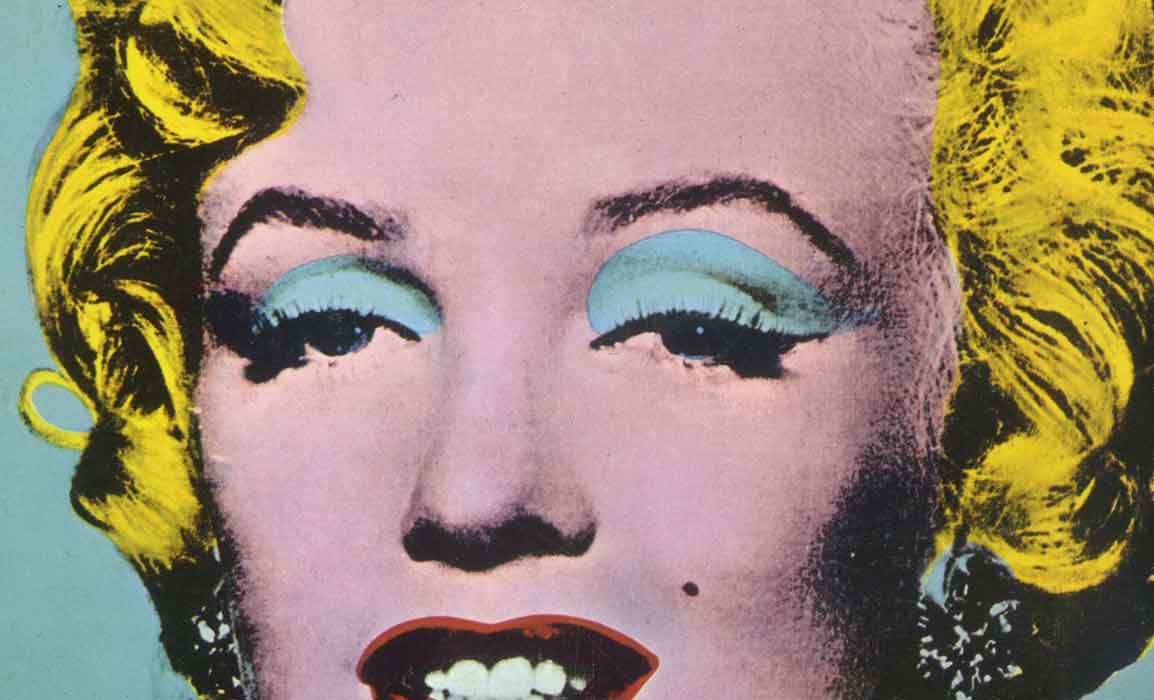
What is Pop Art? Artistic Movement in the 1960s
Source: https://lobopopart.com.br/en/abstract-art/
0 Response to "What Does Abstract Art and Modern Art Have in Comon"
Postar um comentário